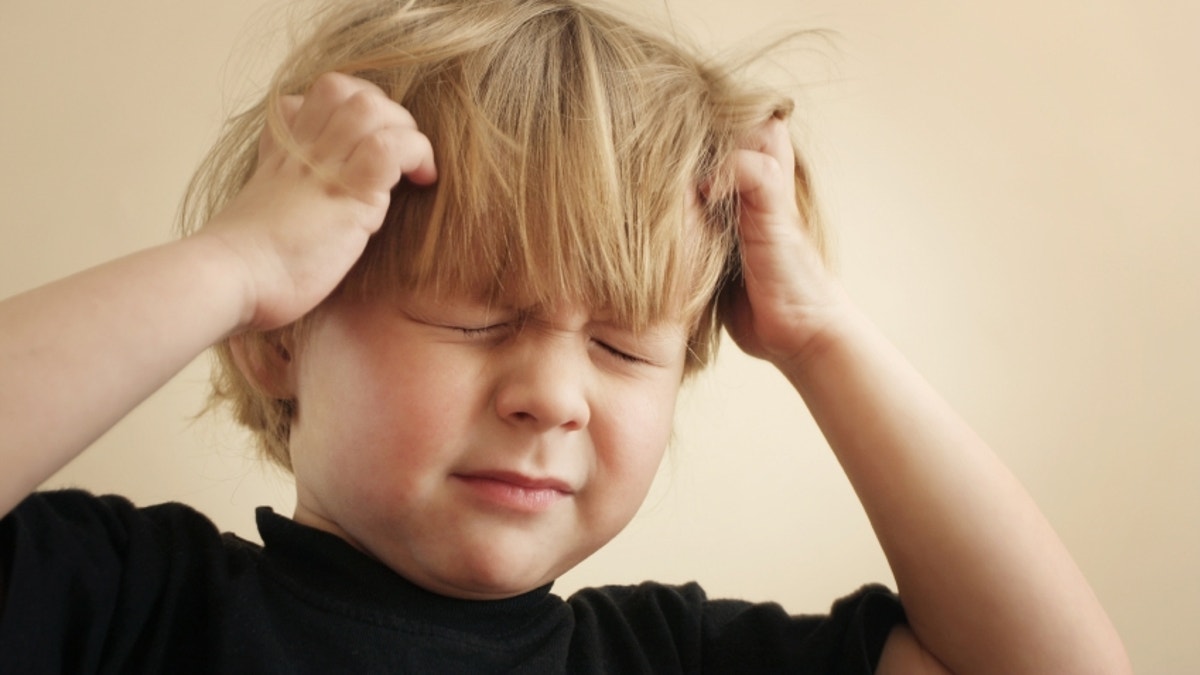
It's estimated that half of all children under the age of 1 will experience a middle ear infection, according to the Cleveland Clinic.
Seventy-five percent of kids will have one before the age of 3.
The American Academy of Pediatrics (AAP) is putting out new guidelines for pediatricians and parents to follow regarding ear infections.
“There’s not much you can do for an ear infection at home,” said Dr. Emma Raizman, a pediatrician at the Cleveland Clinic. “Some of them are viral, which means they’ll go away on their own. But, a lot of them are bacterial, which means they’ll need medication.”
The AAP’s new guidelines recommend several treatment options based on the child’s age and severity of symptoms. Guidelines include antibiotics and pain relievers, or watchful waiting.
Compared to previous guidelines, which were issued in 2004, the new guidelines highlight more stringent criteria in making an accurate diagnosis.
This should enable pediatricians to prescribe antibiotics more effectively.
Raizman said if your child is experience any symptoms of an ear infection, it’s best to get them to a doctor sooner, rather than later.
“Sometimes they’ll stick their fingers in their ears,” Raizman said. “Sometimes they’ll rub their ear on the carpet if they’re young. Sometimes they’ll actually tell you, or they’ll start tugging on their ears. So, sometimes that’s just stuffiness from a cold, but sometimes an ear infection, and the only way to tell is to actually look.“
Raizman said if a child has multiple ear infections of the course of a ear, he or she may need tubes to prevent fluid buildup and decrease pain.
The complete list of guidelines can be found in the journal Pediatrics.
